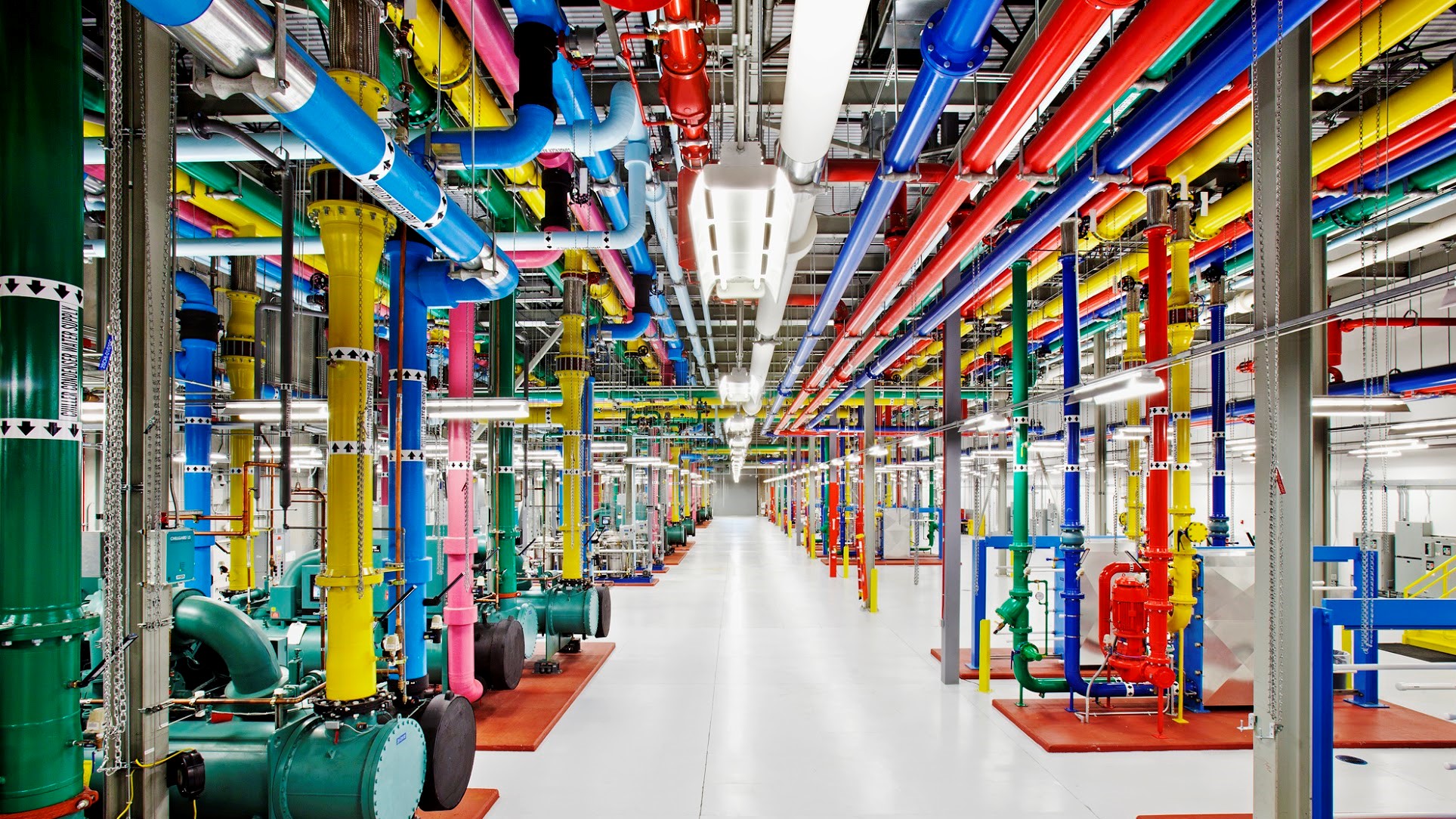Google Cloud wants to go completely carbon-free
Search giant aims to run its cloud business using only carbon-free energy by 2030

Google has announced its goals for its third decade of climate action and the company plans to run its cloud business on carbon-free energy at all times by 2030.
The search giant has a long track record on clean energy and in 2007, it became the first major company to become carbon neutral. A decade later in 2017, Google became the first company of its size to match 100 percent of its electricity consumption with renewable energy.
Today Google Cloud is the only major cloud computing provider to purchase enough renewable energy to cover its entire operations. In fact, it has purchased more wind and solar power than any other corporation in history over the years. However, wind and solar power don't work in all places at all times.
- We've put together a list of the best cloud storage services
- These are the best green web hosting providers on the market
- Protect your privacy online with one of the best VPN services
When one of Google's data centers has more renewable power than it needs, the company sells it back to the local grid so that someone else can use it. When a data center doesn't have enough power though, the company draws power from the local grid and this power may not be renewable. To go completely carbon-free by 2030, Google will need to solve this challenge first.
Carbon-free energy
In order to reach its goal of being completely carbon-free by 2030, Google plans to invest in approaches that will make it possible for the company to source reliable carbon-free energy at all of its data center locations regardless of the time of day.
In a blog post, Google and Alphabet CEO Sundar Pichai explained that it will pair wind and solar power sources together and increase its use of battery storage to help reach its goal. Google is also working on ways to apply AI to optimize its electricity demand and forecasting.
In addition to helping the environment, the company's biggest sustainability moonshot yet will also create 12,000 jobs by 2025.
Sign up to the TechRadar Pro newsletter to get all the top news, opinion, features and guidance your business needs to succeed!
Google Cloud is the first cloud provider to commit to being completely carbon-free and by achieving its goal by 2030, the company hopes to demonstrate that a carbon-free economy is possible while also setting an example for other cloud computing and technology businesses.
- We've also highlighted the best web hosting services for your website
After working with the TechRadar Pro team for the last several years, Anthony is now the security and networking editor at Tom’s Guide where he covers everything from data breaches and ransomware gangs to the best way to cover your whole home or business with Wi-Fi. When not writing, you can find him tinkering with PCs and game consoles, managing cables and upgrading his smart home.
